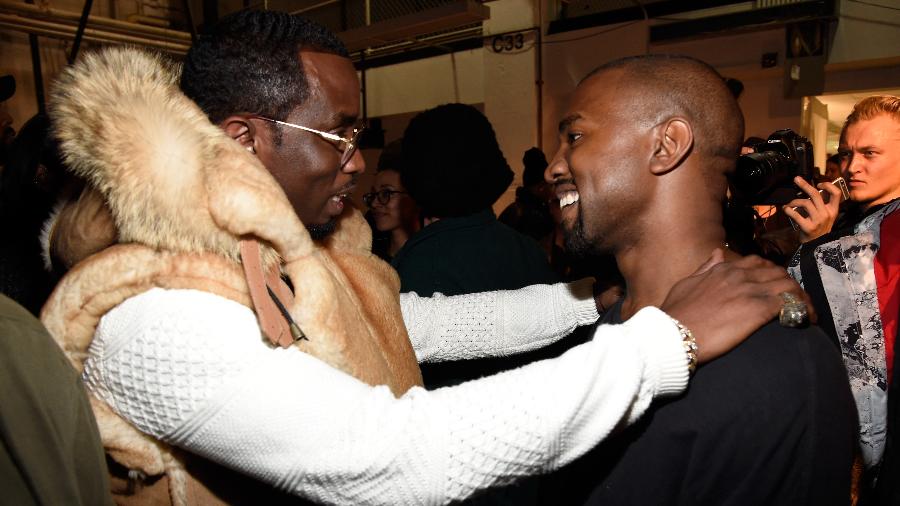Érica do 'Pantanal' de 1990 recorda cenas de nudez: 'Muito jacaré em volta'

A atriz Gisela Reimann, que viveu Érica na primeira versão de "Pantanal", contou ao Gshow mais detalhes sobre as cenas quentes da novela.
Contracenando com Paulo Gorgulho, que interpretou José Lucas, ela se divertiu ao contar da "companhia" que teve nas cenas.
"O texto dizia 'rolando nus na areia', mas no fim foram cenas por etapas. Primeiro, descemos do barco, aí conversa na areia, volta para a água... e foi tudo na hora. Tinha muito jacaré em volta, então pense?! No fim, a natureza faz o resto", contou Gisela.
Ontem, no "Encontro", a atriz Marcela Fetter usou uma expressão racista para falar de Érica, sua personagem na edição atual de "Pantanal": ela disse que a jornalista é a "ovelha negra" da família.
O apresentador Manoel Soares rapidamente acrescentou: "Ou branca", e tanto Marcela como Tati Machado concordaram.
A expressão "ovelha negra" é considerada racista por associar o negro ao negativo e o branco ao positivo ou padrão.
Ela surgiu porque, em ovelhas, a lã preta vem de um gene recessivo, o que significa que uma ovelha negra pode nascer do cruzamento de duas ovelhas brancas. Na Inglaterra dos séculos 18 e 19, uma ovelha negra era considerada um sinal do diabo.

















ID: {{comments.info.id}}
URL: {{comments.info.url}}
Ocorreu um erro ao carregar os comentários.
Por favor, tente novamente mais tarde.
{{comments.total}} Comentário
{{comments.total}} Comentários
Seja o primeiro a comentar
Essa discussão está encerrada
Não é possivel enviar novos comentários.
Essa área é exclusiva para você, , ler e comentar.
Só s do UOL podem comentar
Ainda não é ? Assine já.
Se você já é do UOL, faça seu .
O autor da mensagem, e não o UOL, é o responsável pelo comentário. Reserve um tempo para ler as Regras de Uso para comentários.